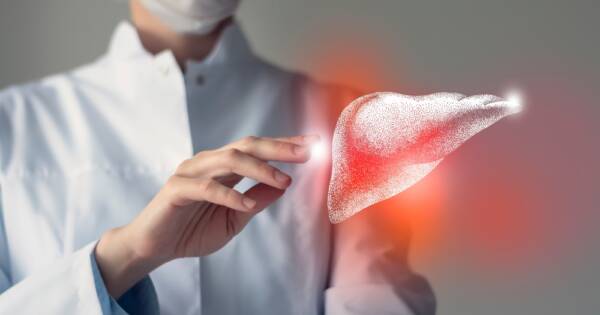Dehydration often presents with subtle signs that extend beyond thirst and dry mouth. From cognitive impairments to unusual physical symptoms like bad breath and sweet cravings, recognizing these indicators is crucial. Populations vulnerable to dehydration face heightened risks, highlighting the importance of vigilance. Discover strategies that go beyond simply drinking water, aiming for optimal hydration and safeguarding against severe health consequences. Delve into these underappreciated symptoms and preventive measures to enhance overall well-being.
Recognizing Unusual Signs Of Dehydration
Dehydration is commonly associated with thirst and dry mouth, but several less obvious indicators can go unnoticed. For instance, dark urine is a primary uncommon indicator, signaling concentrated waste products like urea and ammonia due to water preservation by the kidneys evident through urine color. Meanwhile, dry skin and lips, when not linked to environmental changes, may reflect insufficient body water reserves needed to maintain skin moisture.
Impact on Cognitive and Physical Functions
Dehydration can also manifest in cognitive impairments, such as foggy memory or diminished mental acuity. This reflects the broader impact of dehydration on brain function by constricting blood vessels and impacting blood flow. Physically, dehydration can induce fatigue, as the heart works harder to ensure blood oxygenation. Frequent headaches are another possible consequence, occurring from reduced oxygen supply to the brain.
Less Known Physical Symptoms
In some cases, dehydration can lead to bad breath due to decreased saliva production, which inhibits antibacterial action in the mouth, fostering bacterium growth that causes bad breath. Additionally, cravings for sweets may arise because dehydration hampers glycogen release from the liver, showing how dehydration may impact metabolic processes. Swollen feet and strange food cravings further highlight the unusual manifestations of dehydration.
Risks and Vulnerable Populations
Infants and older adults face heightened risks due to their reduced capability to express thirst and manage hydration effectively. This demographic nuance underscores the necessity of regular monitoring, especially in these populations, to avert severe health issues from dehydration.
Strategies for Maintaining Hydration
Maintaining adequate hydration involves more than just drinking fluids when thirsty. Preventive measures include the regular intake of hydrating foods like fruits and vegetables and attentively monitoring urine color for hydration status—as clear, pale urine signifies adequate hydration levels verified by physical signs. Sports drinks can also prove beneficial for those regularly engaging in strenuous physical activities. Tailoring beverage intake to individual lifestyle needs is crucial for maintaining homeostasis and avoiding dehydration-related complications.
Consequences of Dehydration
Unmanaged dehydration can lead to severe consequences such as electrolyte imbalances, which might trigger seizures or more significantly, hypovolemic shock— a substantial drop in blood pressure and oxygen levels due to fluid deficit. Therefore, immediate medical intervention should be sought in cases of severe dehydration to avert dangerous scenarios involving organ failure.
Monitoring and Handling Dehydration
The pinch test can serve as a practical method for checking dehydration, wherein skin that does not promptly return to its normal state highlights the body’s need for additional hydration. For athletes in particular, maintaining hydration involves specific strategies like drinking fluids before, during, and after exercise to balance fluid and electrolyte levels.
Why You Should Learn More About Dehydration Today
Understanding dehydration and its atypical symptoms is crucial for effective health management. Awareness of both common and rare signs can facilitate timely intervention and prevention strategies, especially for those at a higher risk of dehydration. By learning to recognize these indicators, individuals can take definitive steps to preserve optimal bodily functions and prevent the adverse health impacts associated with fluid imbalances. Monitoring hydration and adopting suitable practices can significantly enhance overall well-being and resilience against dehydration-related complications.
Sources
Little-Known Signs of Dehydration
Comprehensive Overview of Dehydration
Dehydration Symptoms and Causes


